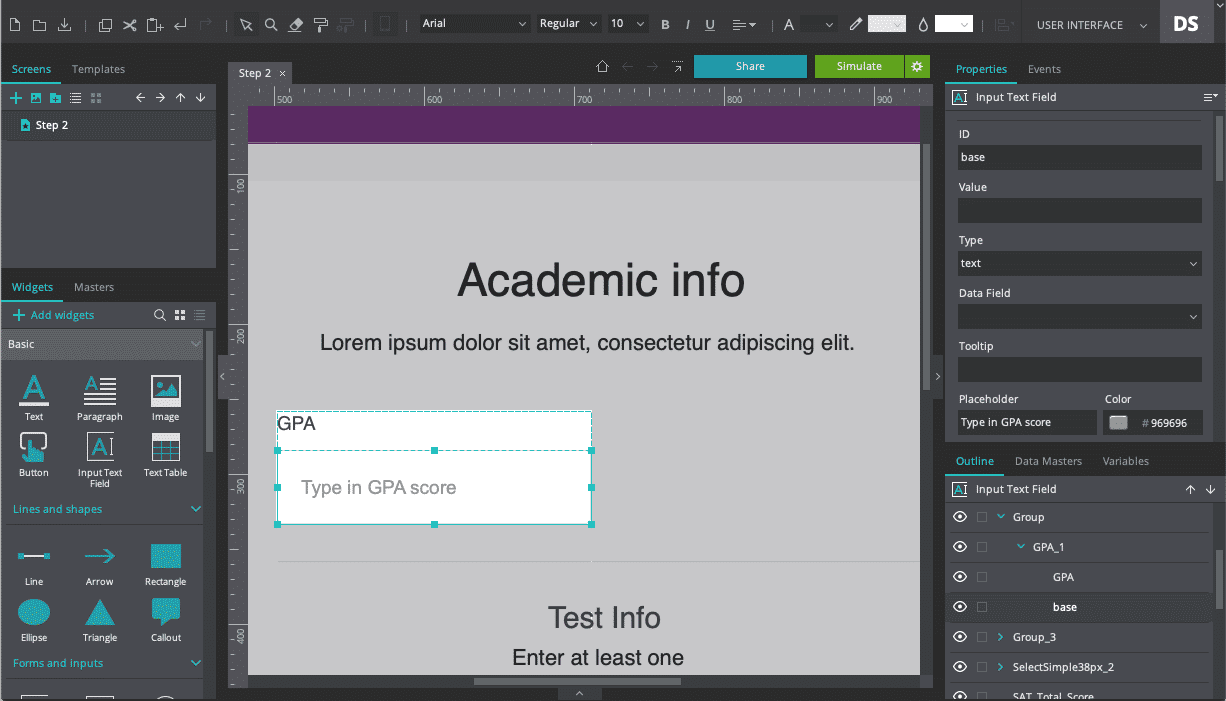

- #Gimp vs inkscape for inkjet printing how to#
- #Gimp vs inkscape for inkjet printing software#
The DPI registers as 60-well below Printful’s recommended range of 150–300. You decide to enlarge the image right there in the Design Maker.Īs the image dimensions grow, the number of dots per inch shrinks. Turns out the 335 × 410 px royalty-free image looks tiny in the 12″ × 16″ t-shirt print area. You found a copyright-free design and uploaded it to the Design Maker. You resized a low-quality image lowering its DPI even moreĪs a coffee fanatic, you wanted to create a custom t-shirt with a moka pot.
#Gimp vs inkscape for inkjet printing how to#
Now that you have an idea of what it takes to create a perfect print file, let’s look at some reasons that can cause your designs to come out in low quality and how to get past them. Read also: Can I Print That? Copyright and Trademark 101ĥ Printful print file mistakes and how to fix them You’ll still see the file in your order or File library, but you’ll receive a warning about your design being blocked and we won’t print it.

If your design is hateful, illegal, or violates any intellectual property rights, our team may block it.
Acceptable content: your design has to follow Printful’s Acceptable Content Guidelines. 
Read also: Color Matching Guide for Print-on-Demand Products The closest color space to our upgraded CMYK is the sRGB IEC61966-2.1 and that’s why we recommend it for print files. Our DTG printers work with an upgraded CMYK color space where we’ve added more ink colors, allowing us to achieve print colors that normally fall outside of the CMYK color range. SRGB has a wider, more vibrant color range (aka gamut) compared to CMYK.
#Gimp vs inkscape for inkjet printing software#
You can set the color profile in the image editing software you’re using. Color profile: the final version of your print file should be saved in the sRGB color profile sRGB IEC61966-2.1.

We recommend submitting designs for these products with a DPI of 300.
Print files for smaller items, like mugs or personalized phone cases, need a DPI higher than 150 because those prints are small and often detailed. Print file resolution (DPI): again, depends on the product, but should be at least 150 DPI, and no higher than 300- going beyond 300 DPI won’t improve the print quality, just increase file size. the standard print area for t-shirts is 12″ × 16″, but for 11 oz. Maximum size of the print area: depends on the product you choose (e.g. Accepted embroidery file formats: PDF, PNG (JPG accepted, but not recommended: design elements in images of this format always have a background which can make the design look bad, and JPG also unnecessarily increases the embroidery stitch count, making it easy to go beyond the limit). Accepted print file formats: PNG, JPEG. Some more good news: the Design Maker, where you’ll upload your design and create your print file, will also give you warnings when your image isn’t suitable for printing. If you’re just getting started with creating digital designs, remember that the built-in tools in Printful’s Design Maker (Clipart, Text Tool, Quick Design, etc.) are a fail-proof way to make good print files because our team made them with quality in mind. The images have the same dimensions (width and height), but they have different resolutions (DPI). To help you visualize the relation between dimensions and resolution, look at the 3 penguins below. The lower the DPI = the fewer the dots = the blurrier the print. The higher the DPI = the more the dots = the sharper the print. DPI is calculated using your digital image’s pixel dimensions and digital image size. Digital devices display images in pixels, and printers print images in dots. For printed images, resolution is expressed in DPI-dots per inch.ĭPI (dots per inch) is a printing term. For digital images, resolution is expressed in PPI-pixels per inch. Resolution expresses the density of pixels or dots in an image. Pixel dimensions express the total number of pixels along a digital image’s width (vertical) and height (horizontal). For example, the maximum file size of an image you can upload on Printful’s Design Maker is 200 MB.Ī pixel is a unit of measurement for digital images you see on a screen. It tells you how much space the image takes up on a disk or drive. Print size is the actual size of the image as it’ll come out printed on the product. It’ll help you get a better grasp of the rest of this blog and Printful’s print file guidelines. Let’s lay the foundation here and get into some terminology.








 0 kommentar(er)
0 kommentar(er)
